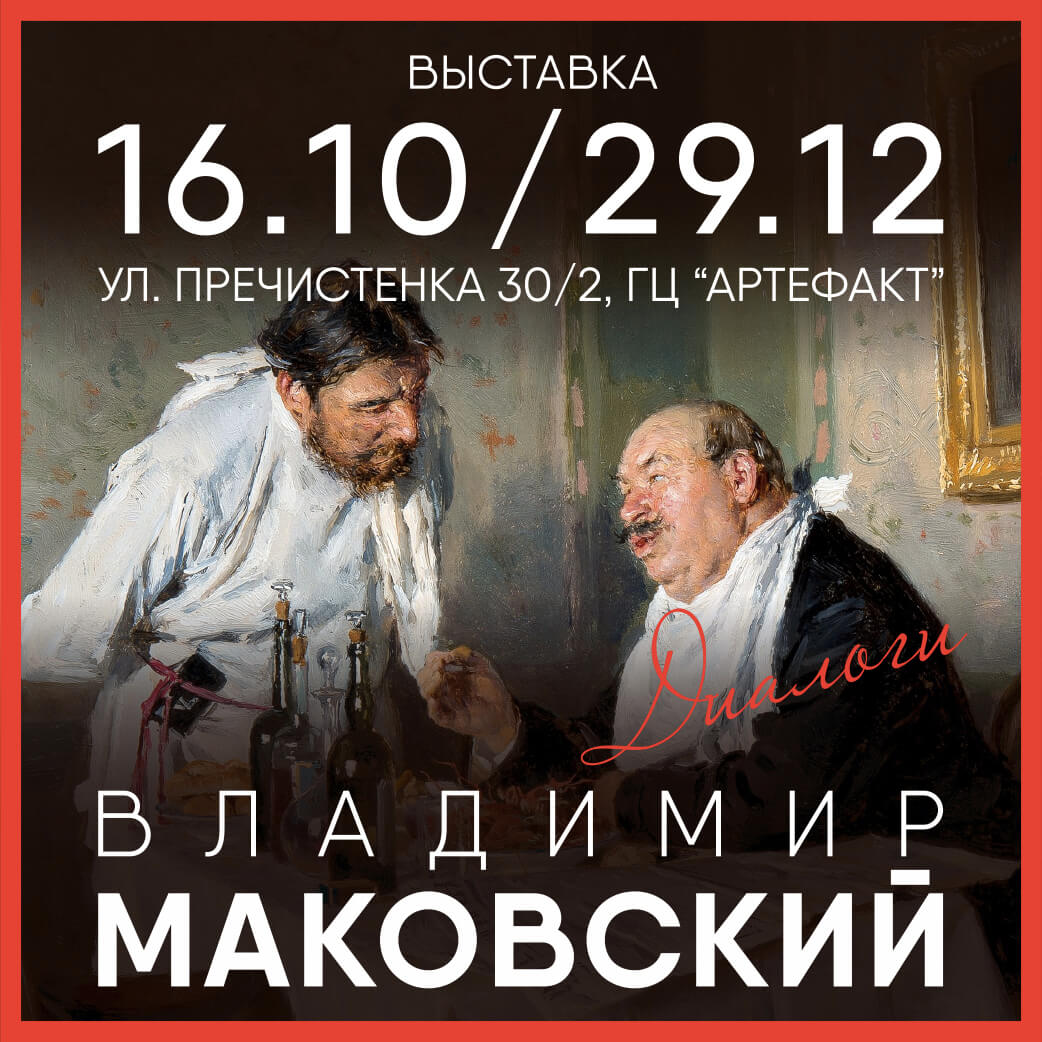Paintings and drawings by Anatoly Zverev gallery "vellum"
On 24 February at the New Museum Aslan chehova (SPb) ended the great exhibition "Anatoly Zverev. Painting. Graphics". Most of the exposure can now be seen in Moscow
the Exposition includes more than 40 paintings, created in the 1950-80-е years, from the collection of the Creator of the gallery "vellum" Lubov Agafonova and private collections.
the Artist, who became a symbol of Soviet unofficial art, Anatoly Zverev stands out even among its distinguished colleagues-современников. According to Pablo Picasso, he was "the best Russian painter" and the largest collector of Russian avant-garde George Costakis considered him the first Russian expressionist. His work was free from red tape and established norms of Soviet official art, and from any doctrines andegraudnym associations. His life was a challenge to narrow-minded "common sense", the image was a living reminder of the free artists of the past: a little malty, eccentric, endlessly talented and suffering from lack of money, the hero of anecdotes and legends, hiding from the police and creating paintings for a couple of minutes, drawing all that is at hand, — paint, ketchup, mustard. His legendary phrase, "Give the ruble — will perpetuate!" was not an exaggeration: the heroes of his portraits remained in the history of art.
the Culmination, the maximum takeoff of his work took place at the turn of 1950-60-х and was a kind of living embodiment of the spirit of the then available "whatever-подпольных" trends in art. In the context of nonconformism 1960-х Anatoly Zverev was the clear leader.
Anatoly Zverev was born on 3 Nov 1931 in Moscow, in Sokolniki. The first drawing lessons received from the artist-графика Nikolai Sinitsyn (pupil of A. P. Ostroumova–Lebedeva). From the Moscow regional art school of memory of 1905, where the animal has entered the 1954-м, the artist was expelled for Bohemian-анархическое behavior. Officially (after art vocational school) lettered painter-альфрейщика (painter at the art finish).
In 1954 there was a meeting of Zverev with a well-known collector George Costakis, who first saw and appreciated the talent of the young artist. Despite the lack of academic art education, Zverev became an active participant in the artistic life and quickly gained recognition. His prints were presented in 1957 at the Youth exhibition in Moscow, dedicated to the VI International festival of youth and students.
In 1960, the American magazine "Life" published with reproductions of paintings by Zverev and notes Alexander Marshak "Art of Russia that nobody saw", and in 1961-м three watercolors Zvereva acquired new-Йоркский the Museum of modern art. The first foreign exhibition was held in 1965 at the Paris gallery "ILO" (Motte). Anatoly Zverev's works exhibited in new-Йорке, Paris, Copenhagen, Vienna, London, Brussels. At home in 1959-1962, the artist constantly participated in apartment exhibitions, and a single lifetime exhibition Zvereva of the Soviet Union took place in 1984-мmunicipal Committee of graphic artists on Malaya Gruzinskaya street — shortly before the artist's death. Artistic heritage of Anatoly Zverev includes more than 30 thousand works.
Source: vellum.ru
Permanent link to:
https://artinvestment.ru/en/news/exhibitions/20190306_zverev_vellum.html
https://artinvestment.ru/news/exhibitions/20190306_zverev_vellum.html
© artinvestment.ru, 2024
Attention! All materials of the site and database of auction results ARTinvestment.RU, including illustrated reference information about the works sold at auctions, are intended for use exclusively for informational, scientific, educational and cultural purposes in accordance with Art. 1274 of the Civil Code. Use for commercial purposes or in violation of the rules established by the Civil Code of the Russian Federation is not allowed. ARTinvestment.RU is not responsible for the content of materials submitted by third parties. In case of violation of the rights of third parties, the site administration reserves the right to remove them from the site and from the database on the basis of an application from an authorized body.




